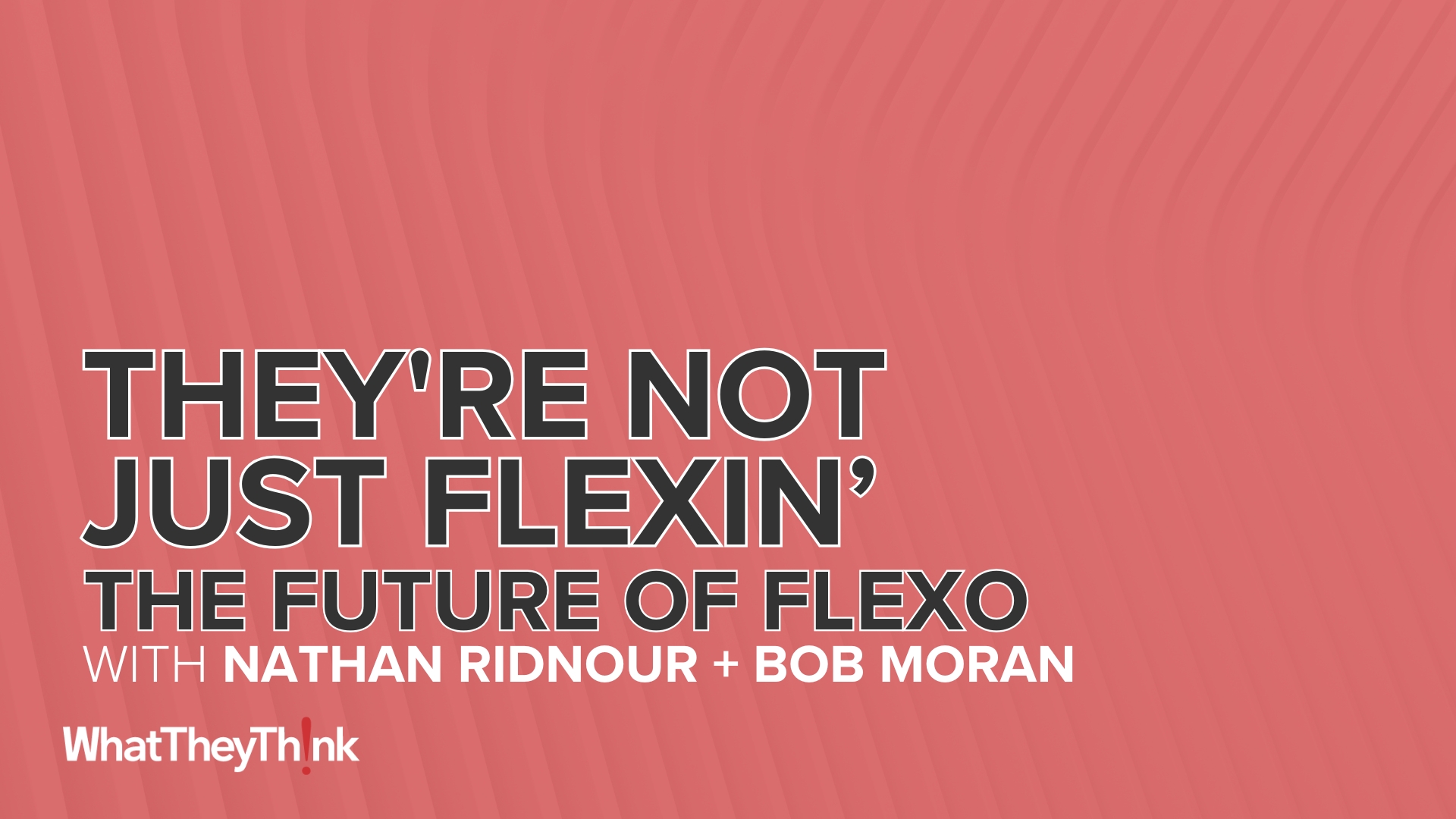1892 was an eventful year. General Electric was officially established; the city of Redondo Beach, Calif., was founded; John Muir established the Sierra Club; Abercrombie & Fitch was launched; the first public game of basketball was played; and former President Grover Cleveland defeated incumbent Benjamin Harrison to become the only President to serve two nonconsecutive terms.
And in Milwaukee, Wisc., Emmanuel Mandel founded what would become—123 years and three generations later—Mandel Graphic Solutions. Starting as a wood engraver, Mandel began adopting new technologies from the get-go: copper and zinc photoengraving, lithography, halftones, photographic platemaking, all the way to today’s digital printing equipment and web-to-print capabilities. Today, Mandel Graphic Solutions specializes in wide-format printing, both rollfed and flatbed, for such applications as posters, banners, window/door graphics, vehicle graphics, POP displays, even dye-sublimation printing on textiles.
Mandel Graphic Solutions is still a family business, and current president Rick Mandel is the fourth generation of Mandels to helm the company.
“All the major family businesses have gone out of business,” said Mandel. “Ten years ago, we were the oldest continuously owned prepress shop in the country.”
As the twentieth century entered its last two decades, Mandel Graphic Solutions had carved out a niche as a prepress shop. “We got involved in prepress for screen printing in the early 80s,” said Mandel. “We were the first ones to do four-color process color for screen printers.” Getting into that niche had been a happy accident—not the first for Mandel Graphic Solutions, nor would it be the last.
“We became this ‘guru’ that traveled around the country helping people print four-color process and teaching them about dots,” said Mandel. The company grew its reputation through its educational outreach efforts. “We did a lot of seminars.”
By the early 1990s, the company had been doing prepress for wide format and found itself in the right place at the right time. “The Scitexes started coming to [shows like] SGIA,” he said. “Screen printers for the large-format side were a logical fit. I was already there, and I knew so much more about a digital workflow than anyone else in screen printing.” So he began investing in wide-format printing equipment just as it was starting to take off. This was fortuitous, as it would turn out that the prepress business was not long for this world. But like many in the industry, entering the new century was not without its difficulties.
“We had challenges around 2000, so we became a lot smaller,” said Mandel. “We kept doing film and prepress through the digital side. But 15 years after the transition, we have an identity and I think people know what we do now. It was tough. People thought of us as a prepress color separator.”
Indeed, overcoming people’s perceptions of what kind of company you are is, in Mandel’s view, one of the key challenges for print businesses.
“The large-format manufacturers walk into the offset printers saying ‘you’re already doing work for folks, why not buy this machine and offer that?’” he said. For many printing companies that approach can work, but for others, it can be a mistake. “The offset guys are then trying to go to their print clients, for whom they’re doing annual reports, collateral, and so on, and then they want to sell wide-format. The buyers are thinking, ‘what do you want to be?’ Then it starts cannibalizing their other business.”
Wide-format, he said, “is just such a different world. Screen printing was an easier segment because it was a logical transition.”
Mandel has also been seeing creeping commoditization in certain parts of wide-format, like truck graphics. “Anyone who has a solvent printer can probably do them and compete with screen printer down the street,” he said. “And flatbed stuff is starting to become very price-per-square-foot-driven.” So he has been making up the margin on the finishing side and producing more custom jobs.
Transitioning the business, especially once the digital technologies came to the fore around the turn of the millennium, may seem like it was a logical move, but, as in any multi-generational company, was not always easy.
“When you are younger, you are more aggressive,” said Mandel. “You see something out there and you convince your dad to try it.” (Some people are more successful at this than others.) “When we were in our 30s, it was difficult to get them to think this way or that way. They had the experience and they could mentor, but we had the energy.”
Now in his mid-50s, Mandel retains the energy and the curiosity to keep investigating new technologies, and his latest project has been setting up a web-to-print portal for custom wide-format work, and he looks forward to steering Mandel Graphic Solutions into the future, wherever the technology may take it.
“It does take energy and time and commitment,” said Mandel.














